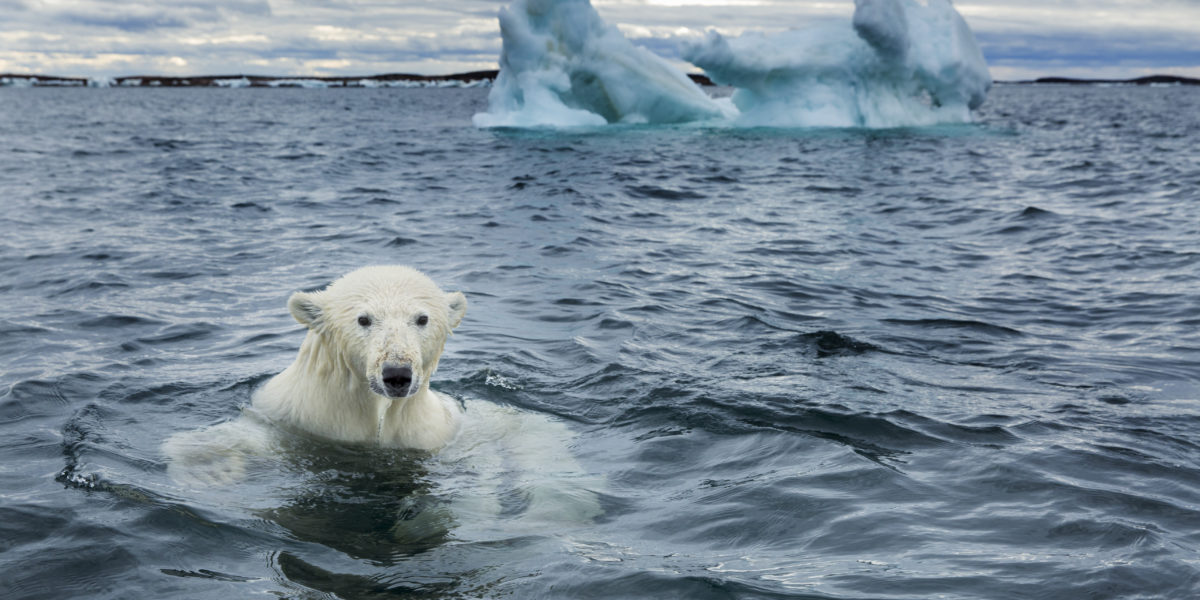
Canadian Arctic’s Last Intact Ice Shelf Has Collapsed
The broken section of the Milne Ice Shelf is larger than Manhattan.

Weeks ago there remained one intact ice shelf in the Canadian Arctic. Now there are none.
The Milne Ice Shelf began its long-dreaded collapse in the waning days of July, losing over 40 percent of its total area near Nunavut’s Ellesmere Island.
A combination of air temperatures 5 degrees Celsius above average, offshore winds, and shifting waters adjacent to the shelf instigated the break of ice approximately 80 square kilometers in size, the Canadian Ice Service reported, taking with it stunning natural features and a (thankfully uninhabited) research camp.
“Entire cities are that size,” Luke Copland, glaciologist at the University of Ottawa, told Arctic Today. “These are big pieces of ice.”
In fact, the severed section of the Milne Ice Shelf carries a land area about 20 square kilometers larger than Manhattan.
Ice disruptions such as this have become more common amid a three-decade heat wave in the Arctic. Temperatures in the region are rising twice as fast as the rest of the world, jeopardizing smaller ice caps and leaving glaciers exposed to degrading elements.
“The very small (glaciers), we’re losing them dramatically,” Copland said.
“You feel like you’re on a sinking island chasing these features, and these are large features. It’s not as if it’s a little tiny patch of ice you find in your garden.”
Mark Serreze, the director of the Boulder, Colorado-based National Snow and Ice Data Center (NSIDC), likened the slow and inevitable deterioration to watching “someone with terminal cancer.”
“It was only a matter of time,” Serreze told Arctic Today, adding that there are two more Ellesmere ice caps—bodies believed to have formed hundreds of years ago—that will likely be gone within the next decade.
Serreze’s foreboding predictions are based on decades-worth of NSIDC data that analyzes sea ice trends throughout the world.
That data showed that the average land area of sea ice in July 2020 was 7.28 million square kilometers, more than 2 million square kilometers below July averages taken from 1981 to 2010.
Broken down by a daily average this July saw sea ice disappear at a rate of 116,000 square kilometers per day, exceeding the daily decline from the aforementioned time period by about 30,000 square kilometers.
These trends have filled glaciologists like Copland with a sense of dread where there was once wonder and amazement.
“This was the largest remaining intact ice shelf,” he said.
“And it’s disintegrated.”
